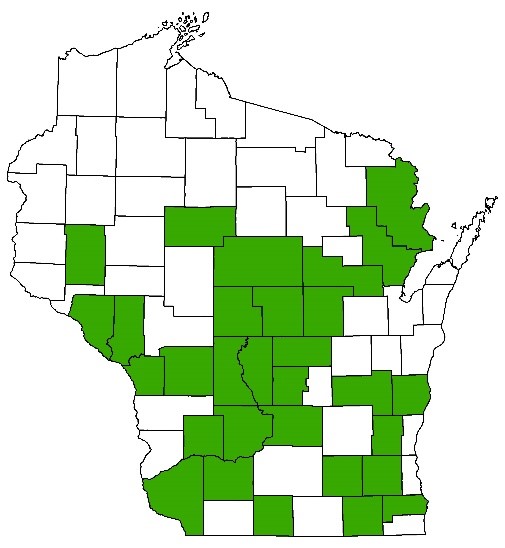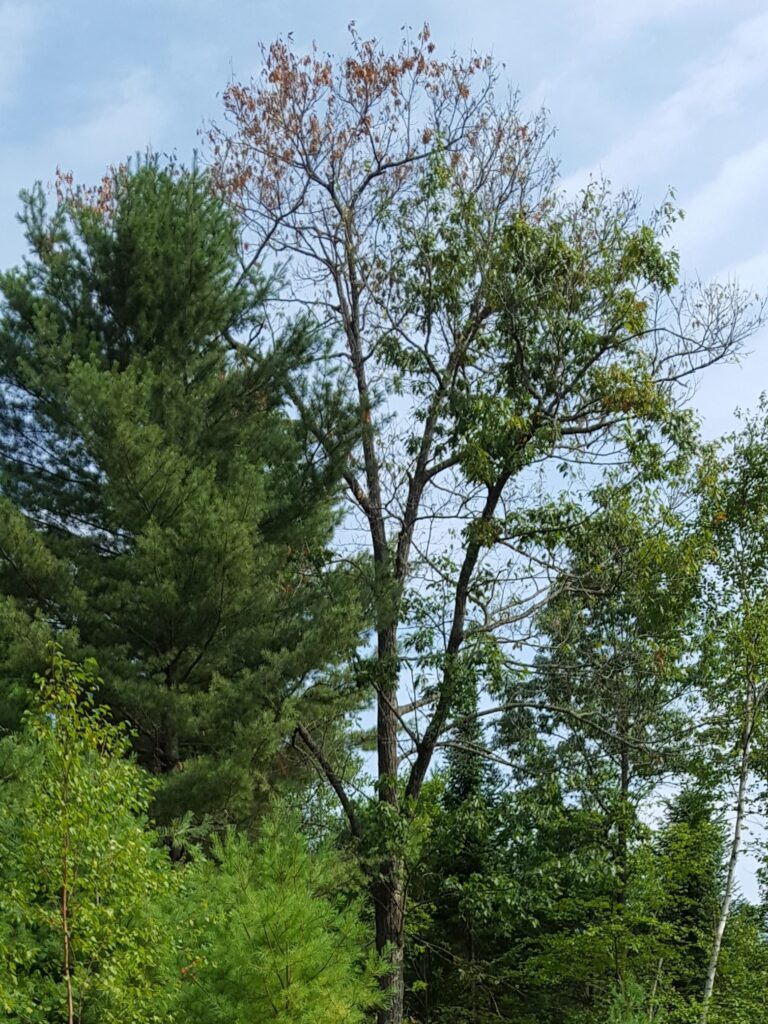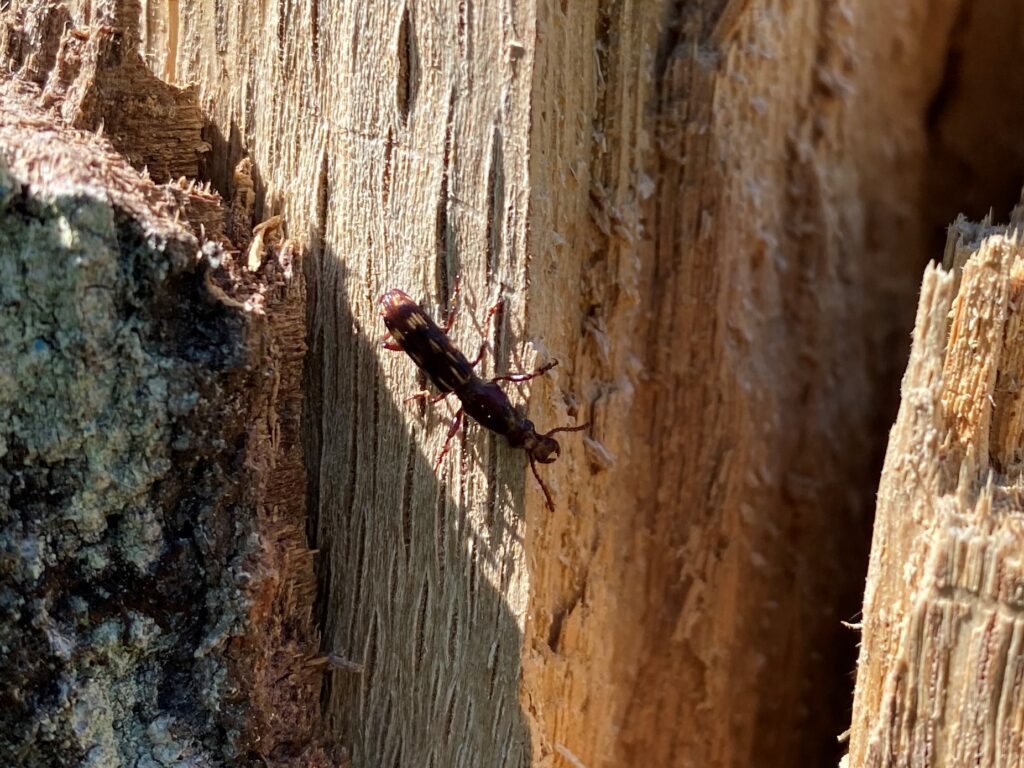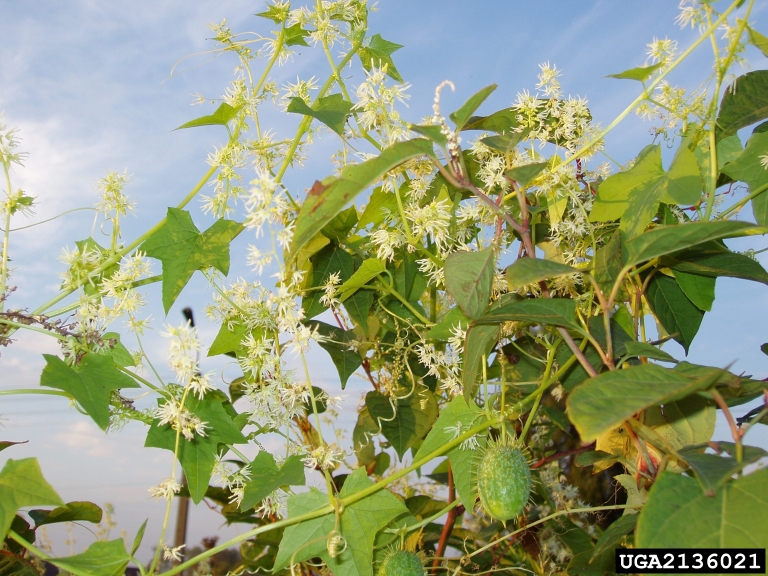By Bill McNee, DNR Forest Health Specialist, Oshkosh, bill.mcnee@wisconsin.gov or 920-360-0942
Heterobasidion root disease (HRD), formerly known as annosum root rot, was recently found in Fond du Lac and Racine counties for the first time. Thinned pine stands were surveyed by DNR forestry staff in four eastern counties where the disease had not been previously found (Fond du Lac, Manitowoc, Racine and Winnebago counties).

Counties where Heterobasidion root disease (HRD) has been found as of August 2021 are shown in green.
Continue reading “Heterobasidion Root Disease (HRD) Found In Fond Du Lac And Racine Counties”





